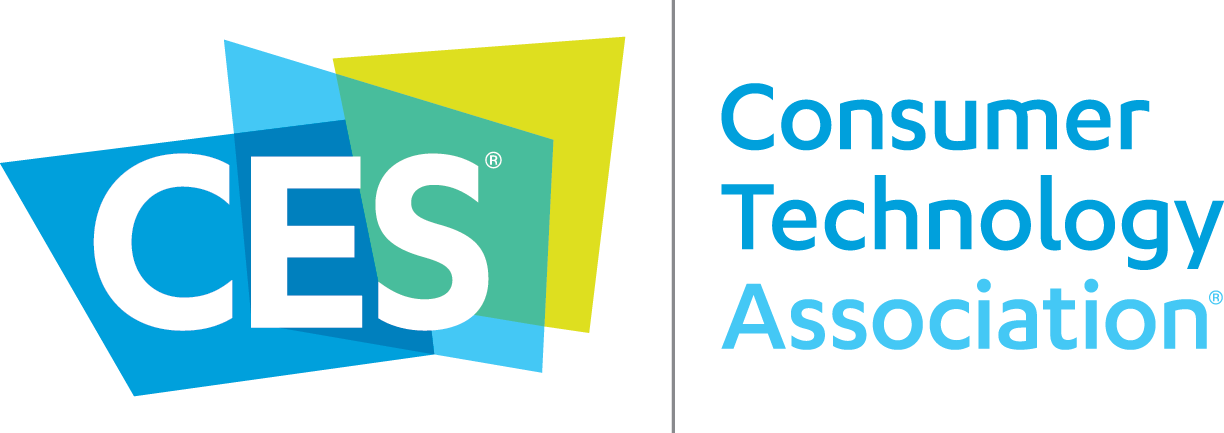Nikon’s Life Science Solutions offers a diverse product range covering from education to research, as well as software with abundant observation and analysis functions. With technologies such as super-resolution and deep observation, we can effectively visualize life phenomena and support the innovation of life science.
In the field of regenerative medicine and drug discovery, we will contribute to treatment and drug discovery through cell culture observation devices that evaluate cell quality and cell-related services.
Through innovative technology that makes the invisible visible, Nikon strives to enhance the quality of life for every individual.
SolutionAdvancing the life sciences and healthcare through cellular observation and evaluation techniques
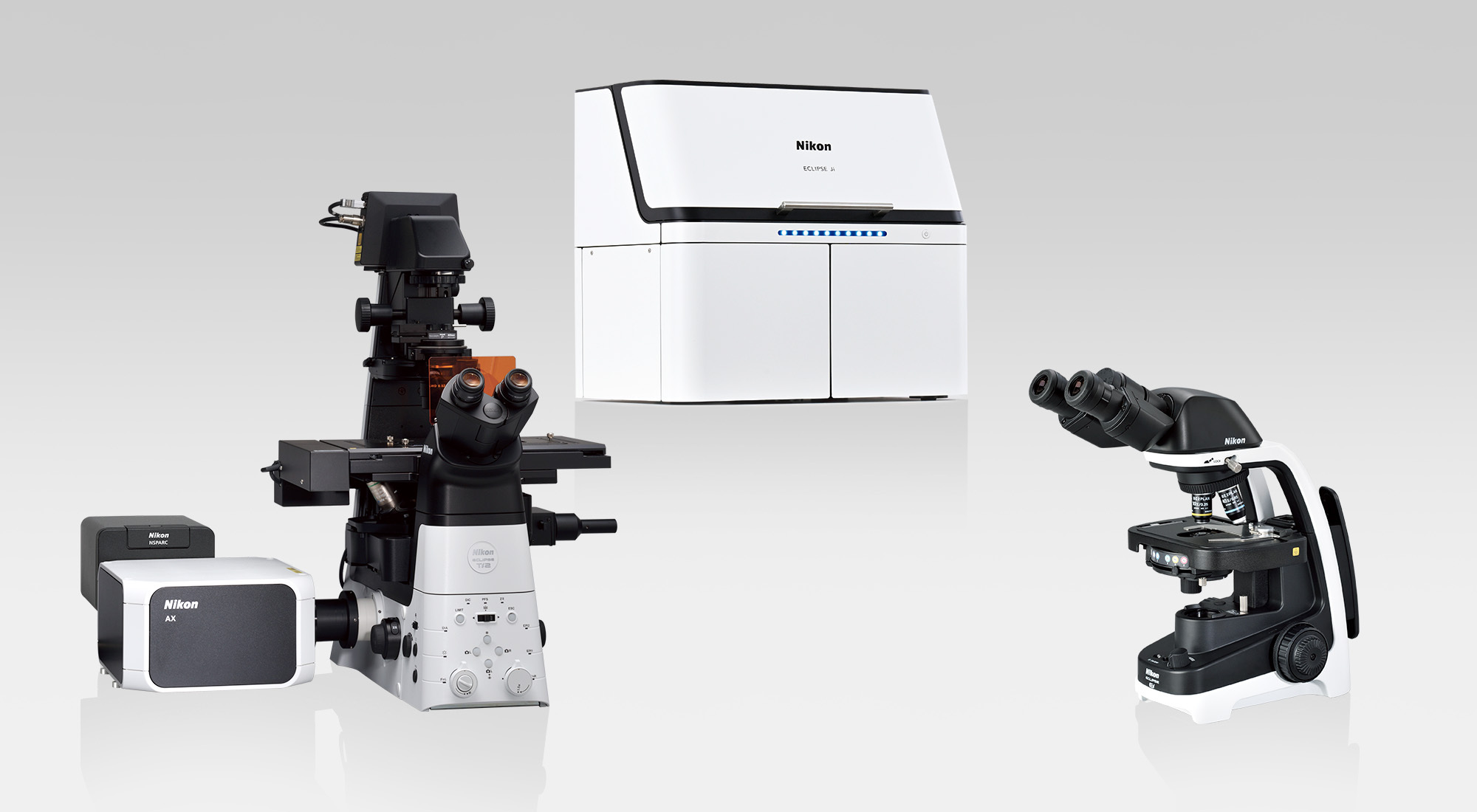
Over nearly a century of Nikon history,we have collaborated with researchers, in universities, private research agencies, and elsewhere, across the world,building the experience and knowledge that is our foundation.
Our various biological microscopes optimized for different applications, advanced image-analyzing technology, and cell analysis/evaluation/selection technology and services are utilized in a diverse range of life sciences research fields, and form the core of our Healthcare Business.
Now, leveraging technology, we continue to evolve, automating previously complex and experience-dependent microscopic operations.
Case Example 1How do you make the invisible visible?
Microscopes have played a crucial role in unveiling various life mechanisms throughout human history.
This has enabled the live observation of tissues and cells, delving deep into their intricacies.
Nikon’s Small World is regarded as the leading forum for showcasing the beauty and complexity of life as seen through the light microscope.

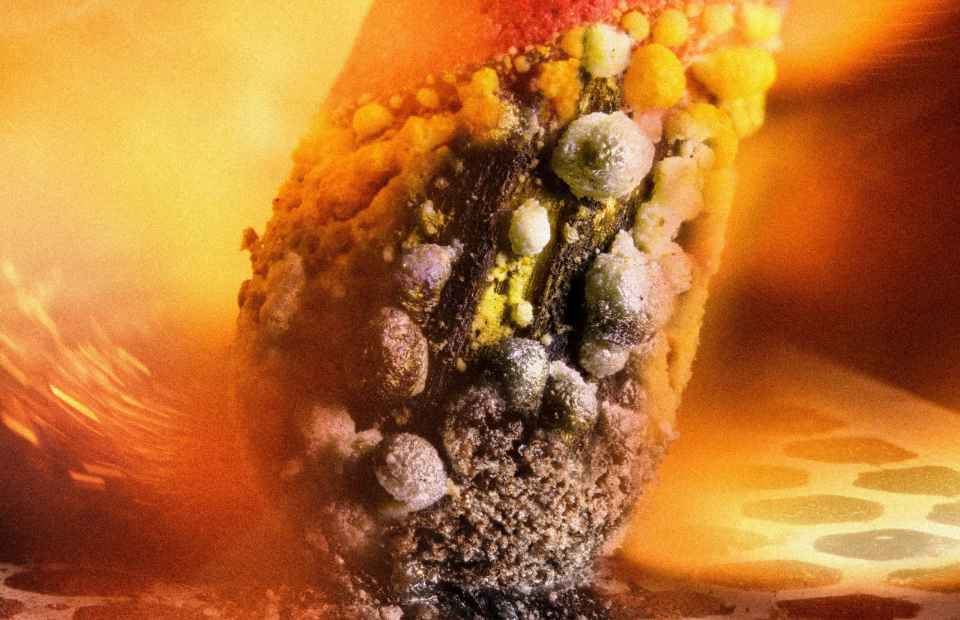
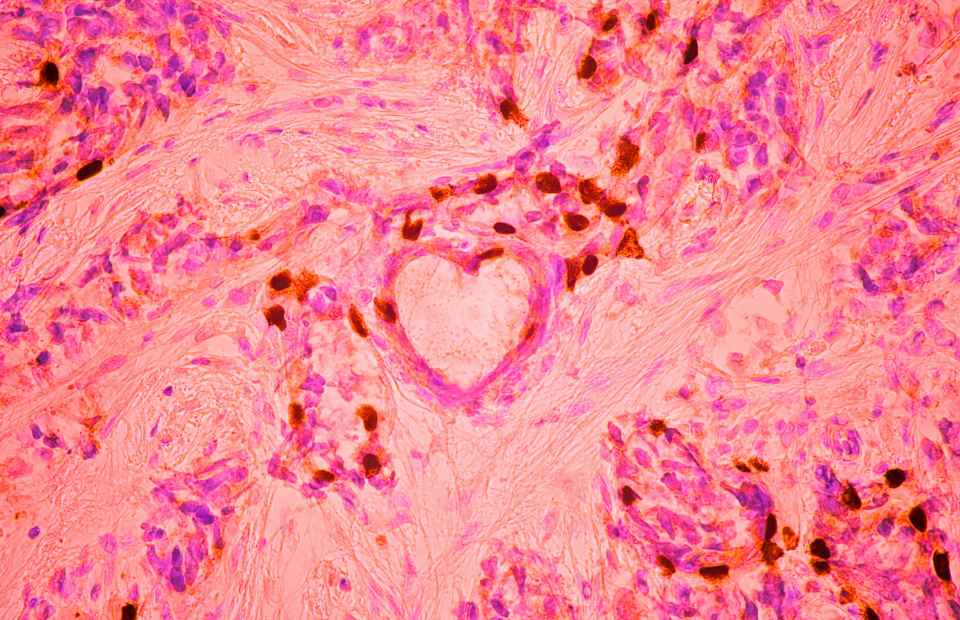
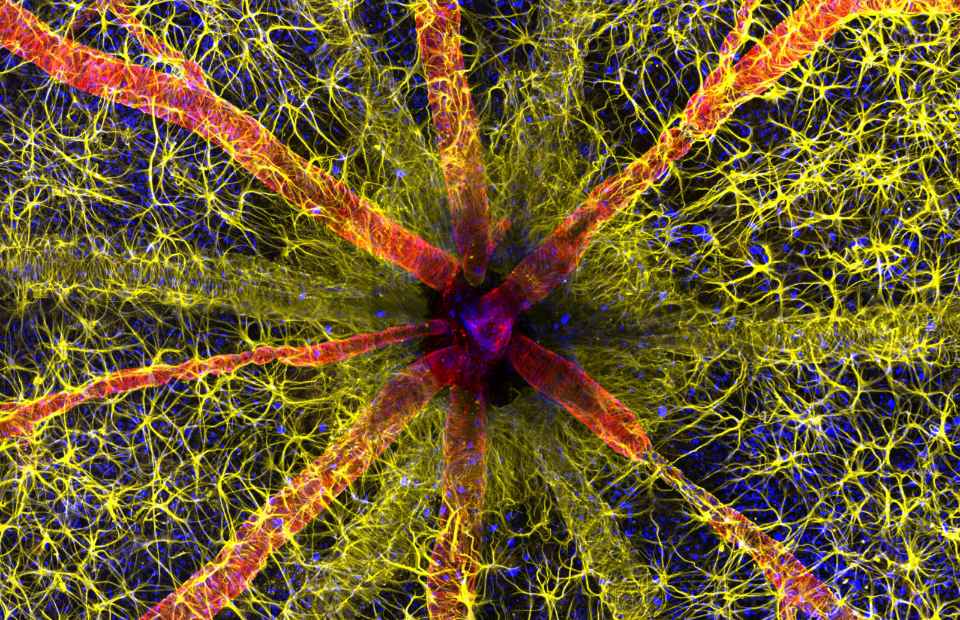
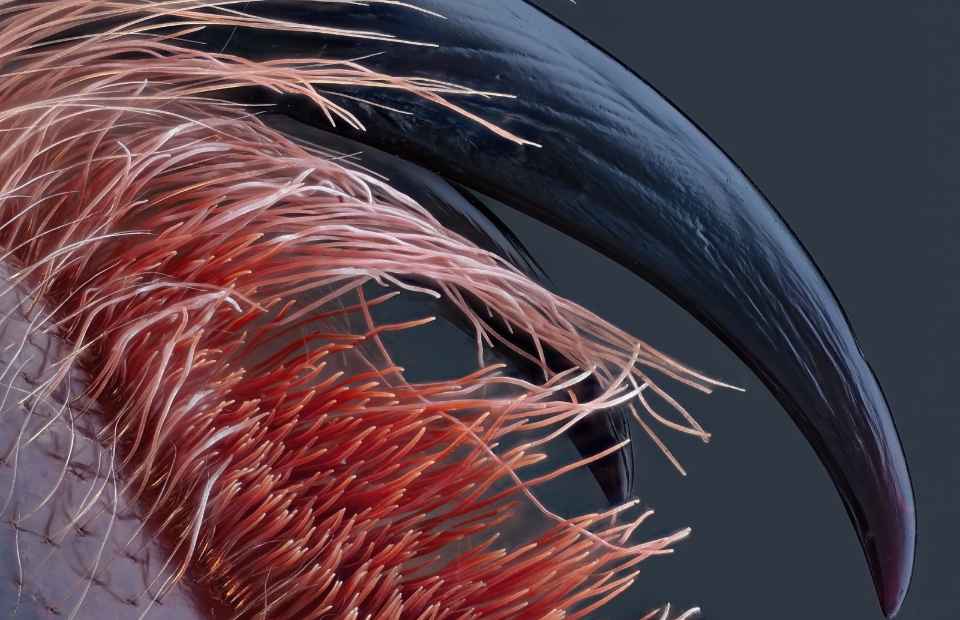
Case Example 2How do you observe and evaluate cells?
Application scenarios
Microscopes are utilized, for example, in clinical settings. Pathologists use them to observe specimens such as blood, organs, tissues composing organs, and individual cells collected from patients. This is essential to consider whether or not a disease is present, and if there is, what type it might be.
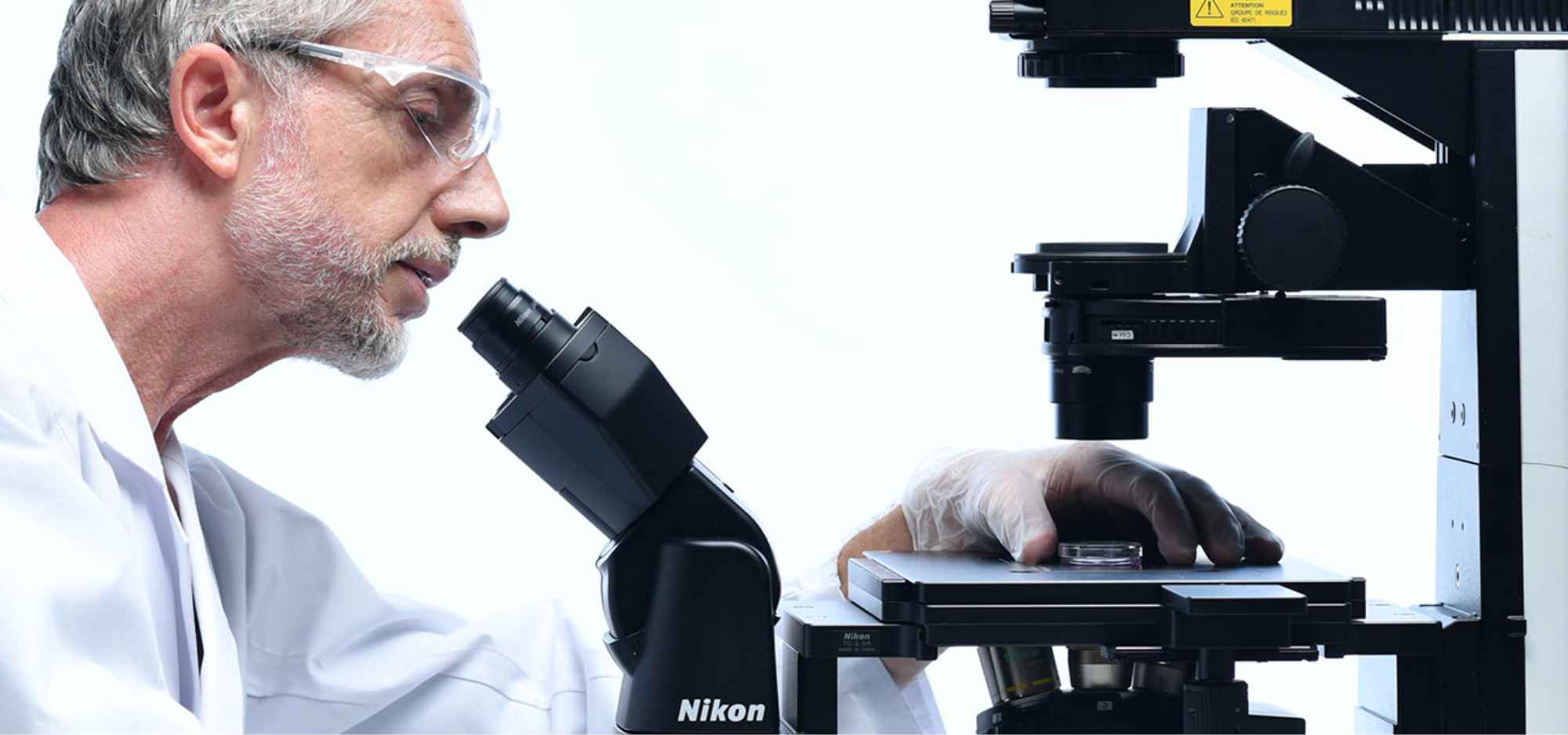
Unit Official Website


